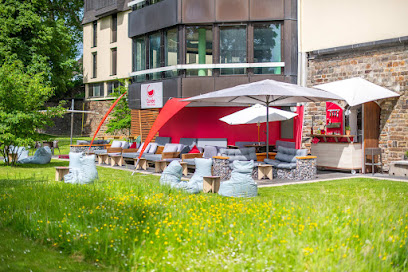
Rhine Gorge: A River Carved Masterpiece
Discover the Rhine Gorge, a UNESCO World Heritage site where dramatic landscapes meet medieval castles and vineyard-covered hillsides, creating an unforgettable European experience.
The Rhine Gorge, a UNESCO World Heritage site, is a breathtaking 65-kilometer stretch of the Rhine River between Koblenz and Rüdesheim in Germany. Carved over millennia, the gorge boasts steep, slate rock formations rising up to 200 meters, creating a dramatic and picturesque landscape. Dotted with medieval castles, vineyards terraced into the hillsides, and charming villages, the Rhine Gorge offers a captivating blend of natural beauty and cultural history. Explore the area by boat, train, bike, or foot, and immerse yourself in the legends and lore of this iconic German landmark. The Rhine Gorge is a must-see destination for any traveler seeking stunning scenery and a glimpse into Europe's rich past.
A brief summary to Rhine Gorge
- Sankt Goar, DE
Local tips
- Consider purchasing a Rheinland-Pfalz Ticket for affordable travel on regional trains, buses, and trams within the Rhineland-Palatinate region, perfect for exploring the gorge.
- Pack comfortable shoes for walking on cobblestone streets and hiking on vineyard trails. The terrain can be uneven, so sturdy footwear is essential.
- Try a wine tasting at a local vineyard. The Rhine Gorge is known for its Riesling wines, and many wineries offer tours and tastings.
- Check the event calendar for festivals and events. The Rhine Gorge hosts numerous wine festivals, medieval markets, and cultural events throughout the year.
- Take a boat trip along the Rhine for the best views of the castles and vineyards. Many companies offer scenic cruises with commentary.
Getting There
-
Public Transport
From major transport hubs like Koblenz or Mainz, regional trains (RE or RB) offer frequent connections to towns within the Rhine Gorge. For example, from Koblenz Hbf, take a regional train towards Bingen or Mainz and disembark at your desired destination (e.g., St. Goar, Bacharach). A single ticket for a short distance within the gorge costs approximately €3-€6. Consider a day ticket if you plan to hop on and off at multiple locations. Check the Deutsche Bahn (DB) website or app for schedules and fares.
-
Ferry
To cross the Rhine River between towns, utilize the local car and passenger ferries. For instance, to travel from St. Goar to St. Goarshausen, a ferry operates frequently. A single passenger fare is around €2-€3, while a car crossing costs approximately €8-€10. Ferries typically run from early morning until evening, but schedules may vary seasonally, so check local timetables. These ferries provide access to attractions and hiking trails on both sides of the Rhine.
-
Driving
If driving, be aware that the B9 and B42 roads run along either side of the Rhine, but bridge crossings within the gorge are limited. Plan your route carefully to avoid lengthy detours. Parking is available in most towns, but spaces can be limited, especially during peak season. Expect to pay around €1-€2 per hour for parking in designated areas. Some castles and attractions may have dedicated parking areas with varying fees.
Discover more about Rhine Gorge
Iconic landmarks you can’t miss
Stele "Oberes Mittelrheintal"
0.5 km
Discover breathtaking panoramic views of the Rhine River from the Stele Oberes Mittelrheintal, a perfect vantage point to experience the beauty of this UNESCO World Heritage site.
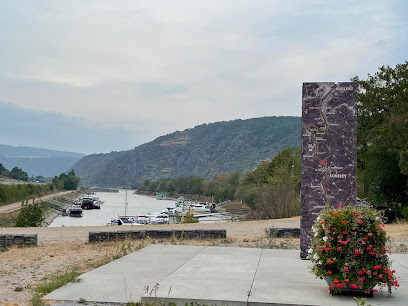
Ausblick Burg Rheinfels, Rhein, St. Goar
1.2 km
Experience the breathtaking views and rich history at Ausblick Burg Rheinfels, a must-visit attraction in St. Goar along the scenic Rhine River.
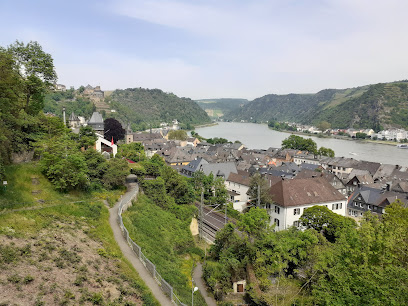
Middle Rhine Valley
1.4 km
Discover the stunning beauty and rich history of the Middle Rhine Valley, a UNESCO World Heritage Site perfect for hiking and cultural exploration.
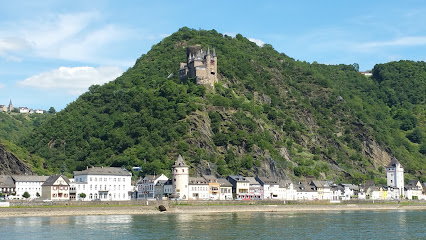
Rheinbalkon St. Goar
1.5 km
Explore the breathtaking views of Rheinbalkon St. Goar, a serene spot for nature lovers and a gateway to the rich heritage of the Rhine Valley.
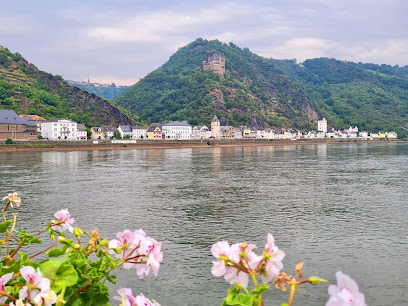
Aussicht über St. Goar und Rhein
1.6 km
Experience breathtaking panoramic views of the Rhine River at Aussicht über St. Goar, a must-see attraction near the legendary Loreley rock.
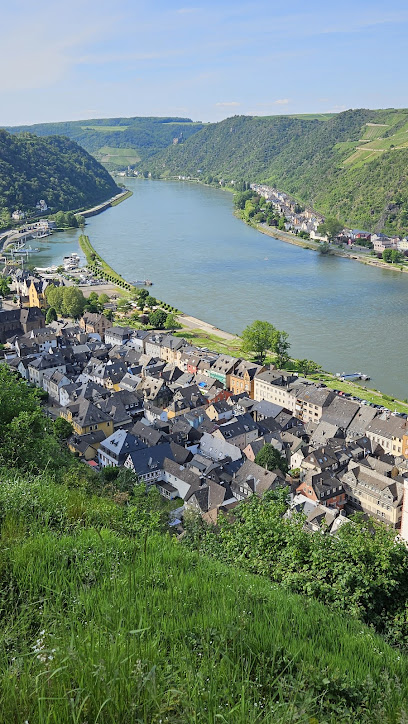
William Turner Route - Standort 13
2.8 km
Discover the breathtaking landscapes of the Rhine Gorge that inspired J.M.W. Turner's iconic paintings, immersing yourself in the beauty and history of this UNESCO World Heritage site.
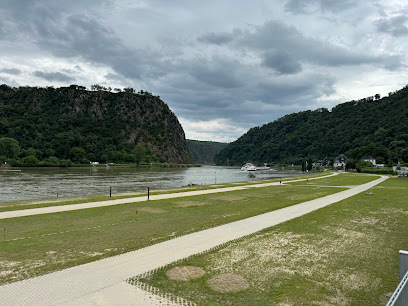
Oberwesel
6.4 km
Discover Oberwesel: A captivating Rhine Valley town with medieval charm, stunning scenery, and renowned Riesling wines, offering a journey through history and natural beauty.
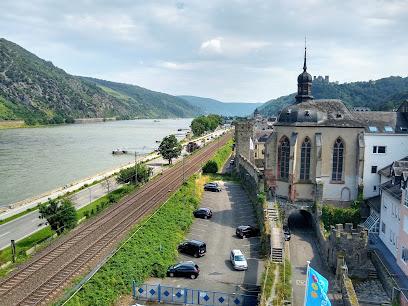
Sterrenberg Castle
7.6 km
Explore Sterrenberg Castle, a majestic medieval fortress overlooking the Rhine, offering history, stunning views, and a taste of German culture in a UNESCO World Heritage site.

Tourist-Info Hunsrück-Mittelrhein
10.3 km
Discover the Hunsrück region with expert guidance from the Tourist-Info Hunsrück-Mittelrhein in Emmelshausen, your gateway to scenic landscapes, cultural treasures, and unforgettable experiences.
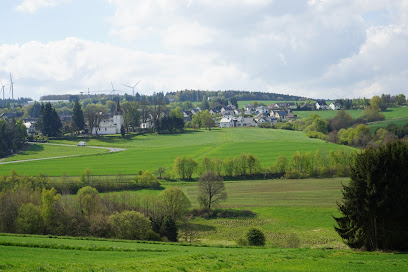
Electoral Castle
11.0 km
Explore the rich history and stunning architecture of Electoral Castle in Boppard, a captivating German landmark overlooking the scenic Rhine River.

Lilientor
11.1 km
Discover the historic Lilientor in Boppard, a stunning landmark rich in history and architectural beauty, perfect for tourists and history lovers.
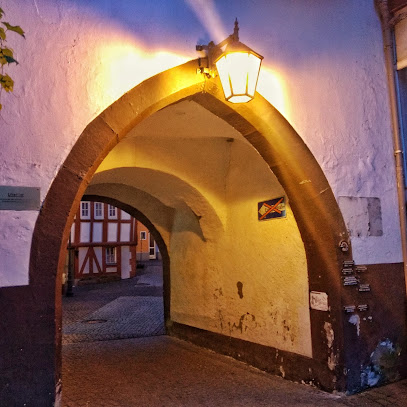
Bacharach
12.2 km
Discover the enchanting beauty of Bacharach, a quaint German town along the Rhine River, rich in history, culture, and stunning vineyard landscapes.
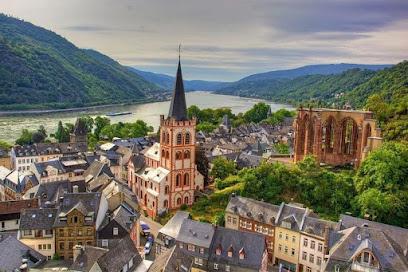
Marktturm
12.3 km
Explore the captivating Marktturm in Bacharach, a historical landmark that showcases the rich medieval heritage and architectural beauty of the region.
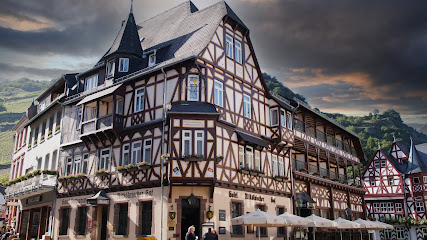
Marksburg
12.8 km
Discover the enchanting Marksburg Castle, a historic fortress offering breathtaking views and rich cultural insights along the scenic Rhine River.
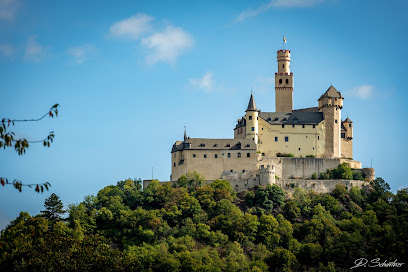
Hubertusviadukt
13.2 km
Discover the Hubertusviadukt in Boppard: A stunning early 20th-century stone arch bridge offering breathtaking views and a glimpse into Germany's railway history and natural beauty.
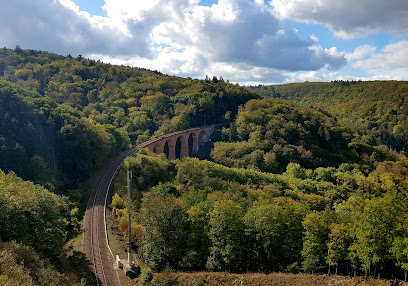
Unmissable attractions to see
Tal der Loreley
0.5 km
Discover the enchanting Loreley Valley, a stunning scenic spot along the Rhine River, combining breathtaking views with rich folklore and local culture.

Rheinfels Castle
0.8 km
Discover the rich history and breathtaking views at Rheinfels Castle, a premier historical landmark along the stunning Rhine River.

Romantik Hotel Schloss Rheinfels
0.9 km
Discover the enchanting Romantik Hotel Schloss Rheinfels, a historical castle hotel offering luxury, stunning views, and a taste of the Rhine Valley's rich heritage.

Rheinsteig St. Goar - Kestert
1.1 km
Discover the spectacular Rheinsteig trail from St. Goar to Kestert and immerse yourself in breathtaking landscapes and rich history.
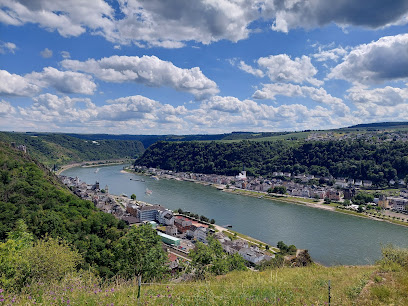
Rabenacksteig
1.1 km
Explore Rabenacksteig, a captivating hiking area in St. Goarshausen, offering breathtaking views of the Rhine and a perfect escape into nature.
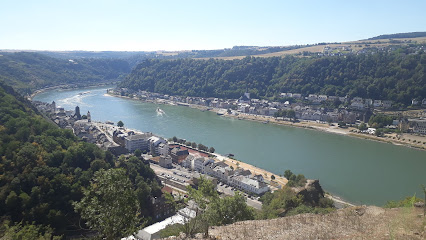
Größte freihängende Kuckucksuhr der Welt
1.3 km
Discover the enchanting world's largest freestanding cuckoo clock in Sankt Goar, a perfect blend of culture, artistry, and delightful experience.

Loreleyplatz St.Goarshausen
1.4 km
Explore the enchanting Loreleyplatz in St. Goarshausen, a stunning state park with breathtaking views of the Rhine and rich cultural heritage.
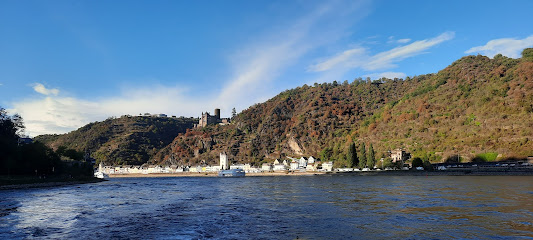
Dreiburgenblick
1.5 km
Experience the breathtaking views and exhilarating trails at Dreiburgenblick in Sankt Goarshausen, a top hiking destination in the Rhine Valley.
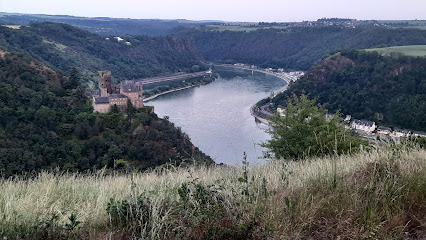
Rhine castles trail / Section 10
1.6 km
Explore the stunning Rhine Castles Trail, where breathtaking views and rich history await every traveler on their journey.

Burg Katz
2.0 km
Discover the historical charm and breathtaking views of Burg Katz, a majestic fortress overlooking the Rhine River in Sankt Goarshausen, Germany.
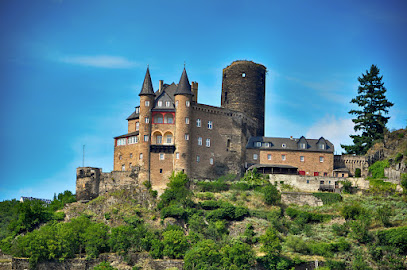
Historischer Stadtturm & Loreley-Museum
2.0 km
Explore the rich history of the Rhine Valley at the Historischer Stadtturm & Loreley-Museum, a charming attraction in Sankt Goarshausen.
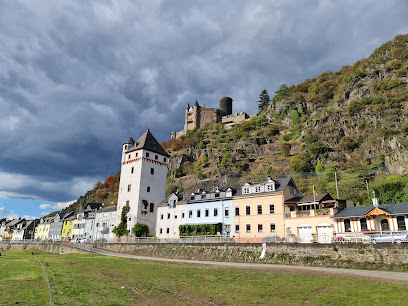
Loreley Statue
2.5 km
Discover the mythical allure of the Loreley Statue, a stunning tribute to legend and beauty situated along the scenic Rhine River in Germany.
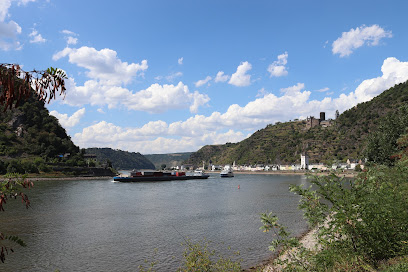
Loreleyweg Weinberg
2.8 km
Explore the breathtaking Loreleyweg Weinberg in Sankt Goarshausen, where scenic hikes and stunning Rhine views await nature enthusiasts.
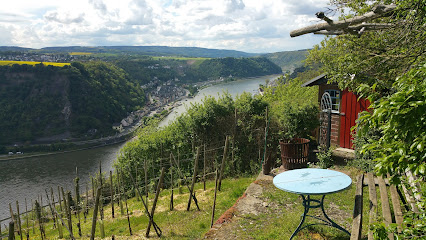
Skulpturengarten
2.9 km
Explore the enchanting Skulpturengarten, a serene sculpture garden in St. Goarshausen, showcasing contemporary art amidst stunning natural beauty.
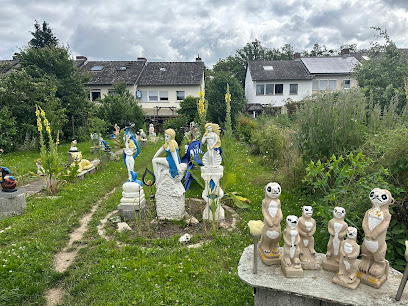
Welterbe Oberes Mittelrheintal
3.0 km
Experience the stunning landscapes and rich history of Welterbe Oberes Mittelrheintal, a breathtaking UNESCO World Heritage site along the Rhine River.
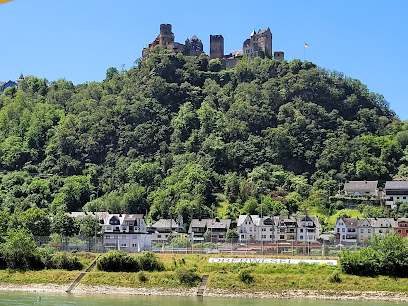
Essential places to dine
Burgschänke Der Landgraf
0.9 km
Experience authentic German cuisine amidst breathtaking views at Burgschänke Der Landgraf in Sankt Goar.
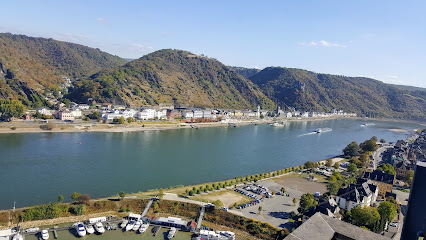
Am Mythischen Fels
3.1 km
Experience authentic German cuisine at Am Mythischen Fels in Bornich, where local flavors meet breathtaking views.
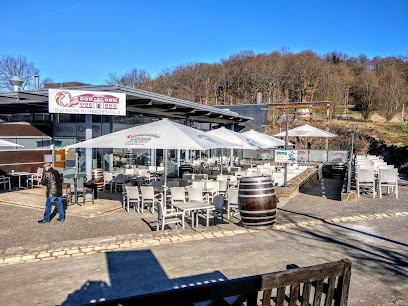
Landgasthof Eiserner Ritter
6.0 km
Discover Landgasthof Eiserner Ritter: A charming hotel and restaurant in Boppard offering authentic German cuisine and warm hospitality amidst scenic beauty.

Thai Restaurant @ Hotel Weiler
6.2 km
Discover authentic Thai flavors at the renowned Thai Restaurant @ Hotel Weiler in scenic Oberwesel - where every meal is a delightful experience.
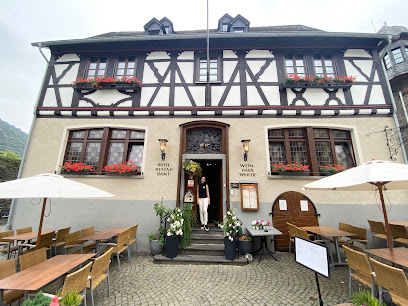
Burghotel Auf Schönburg Oberwesel
7.1 km
Discover culinary delights and historical charm at Burghotel Auf Schönburg in Oberwesel - where every meal tells a story.

Gleis 3
10.5 km
Experience delightful family dining at Gleis 3 in Pfalzfeld, where every meal is crafted with love in a warm atmosphere.
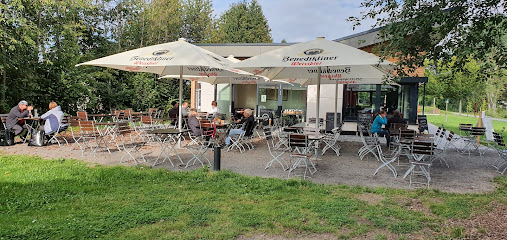
Restaurant Severus-Stube
11.0 km
Experience authentic German cuisine at Severus-Stube in Boppard - where every meal is a celebration of flavor and tradition.

Lemabri
11.3 km
Experience the best of local cuisine at Lemabri in Boppard—where seasonal ingredients meet culinary creativity.
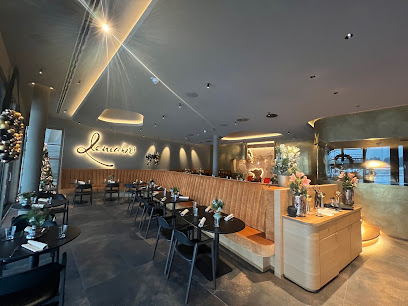
Hotel-Café Burg-Stahleck
12.2 km
Discover delightful European cuisine at Hotel-Café Burg-Stahleck, nestled in scenic Bacharach - perfect for travelers seeking authentic local flavors.
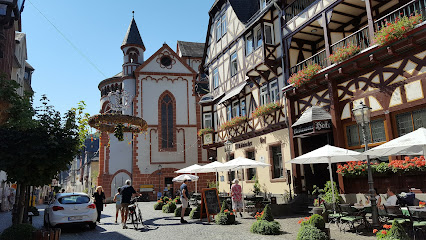
Hotel Restaurant Altkölnischer Hof
12.2 km
Discover comfort and culinary delights at Hotel Restaurant Altkölnischer Hof in Bacharach, where local flavors meet warm hospitality.
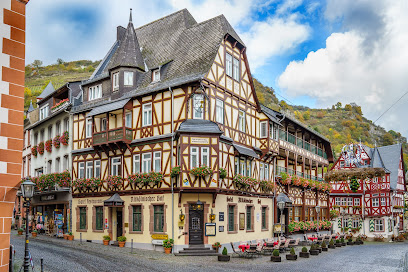
An der Stadtmauer
12.3 km
Experience authentic German cuisine in Bacharach's historic ambiance at An der Stadtmauer - your destination for culinary delights.
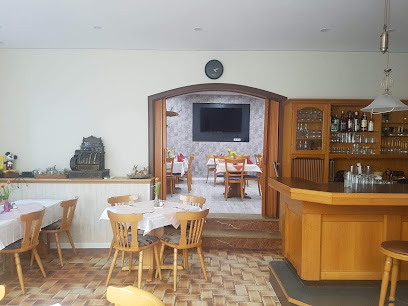
Stübers Restaurant
12.3 km
Experience authentic German cuisine with stunning views at Stübers Restaurant in scenic Bacharach.
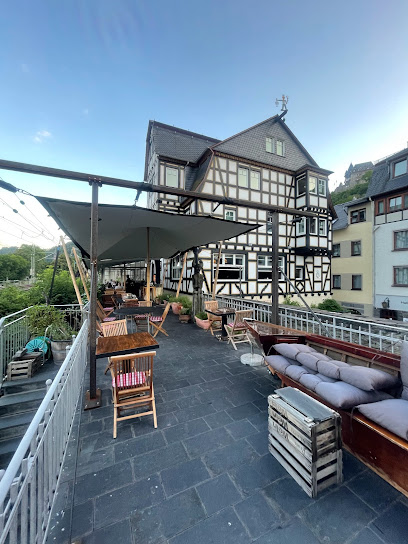
Hieren Mühle
13.6 km
Experience authentic German hospitality at Hieren Mühle – where rustic charm meets culinary delight in Ney's serene countryside.

Kay's Dorfkneipe / Kay's Partyservice
17.8 km
Discover authentic German cuisine at Kay's Dorfkneipe in Mörschbach - where hearty meals meet local brews in a cozy atmosphere.

Landidyll Hotel Restaurant Birkenhof
18.2 km
Discover culinary delights and serene nature at Landidyll Hotel Restaurant Birkenhof in Klosterkumbd - a perfect retreat for foodies and nature lovers.
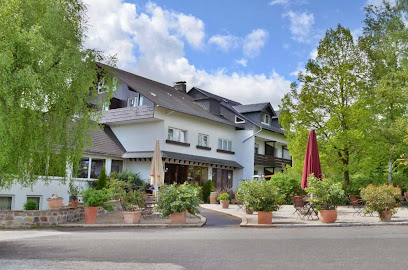
Markets, malls and hidden boutiques
Birkenstock Headquarters
1.3 km
Discover the legacy of comfort and style at the Birkenstock Headquarters in Sankt Goar, where quality meets craftsmanship.
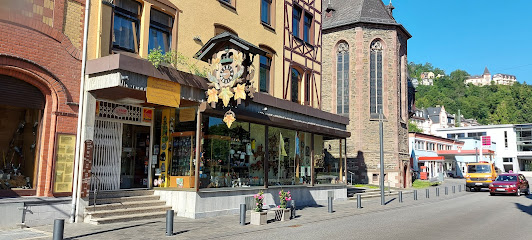
Romantic-Rhine-Shop
1.4 km
Explore the Romantic-Rhine-Shop for unique clothing that captures the spirit of Sankt Goar and the beautiful Rhine region.
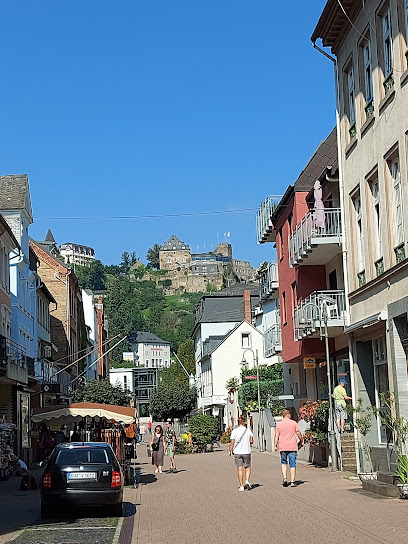
Second-Hand Anziehungspunkt Oberwesel
6.0 km
Explore sustainable fashion and unique second-hand finds at Second-Hand Anziehungspunkt Oberwesel, your go-to women's clothing store in Oberwesel.

Decker Meteorite-Shop
6.1 km
Explore the Decker Meteorite-Shop in Oberwesel: a unique destination for cosmic collectibles and fascinating meteorite displays.
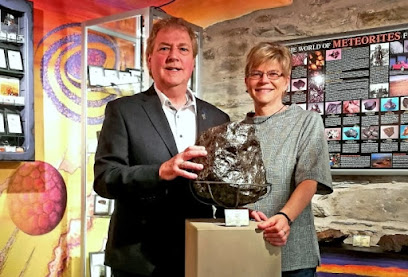
Halfen - Strickerei GmbH
7.8 km
Explore quality fashion at Halfen - Strickerei GmbH, a premier clothing and outlet store in Hungenroth, perfect for every style enthusiast.
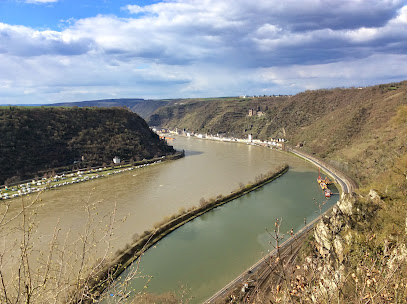
US-Civilwar
9.4 km
Explore a unique blend of history and fashion at the US-Civilwar store in Kaub, where Civil War-themed apparel awaits.
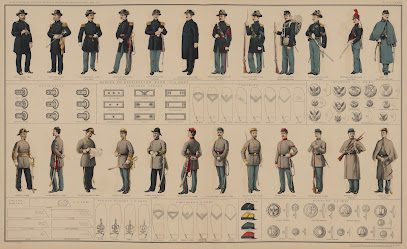
Stammer Mode
11.0 km
Discover the finest clothing styles at Stammer Mode in Boppard, where fashion meets quality in a charming shopping experience.

The Christmas Shop
11.1 km
Experience the joy of Christmas year-round at The Christmas Shop in Boppard, a delightful haven for holiday enthusiasts and gift seekers.

Vineum - Die Vinothek
11.1 km
Explore a world of exquisite wines at Vineum - Die Vinothek, Boppard's premier destination for wine enthusiasts and casual drinkers.

Uhr-Zeitlos
12.3 km
Explore exquisite handcrafted jewelry, local delicacies, and fine wines at Uhr-Zeitlos in Bacharach, a treasure trove for every traveler.
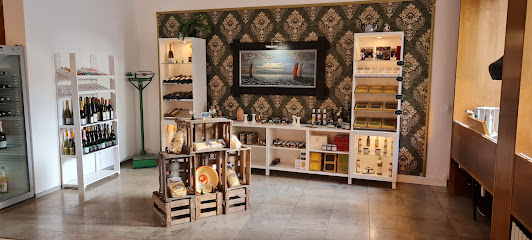
PerNaturam GmbH
16.8 km
Discover PerNaturam GmbH in Gödenroth, a top destination for premium animal feed, expert advice, and a warm community atmosphere for pet lovers.
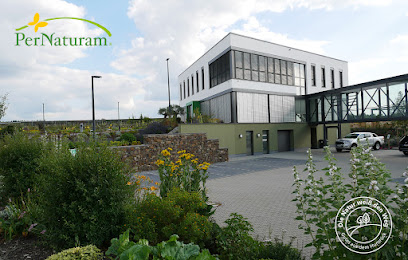
Vinyl Digital GmbH
17.2 km
Explore an extensive collection of vinyl records at Vinyl Digital GmbH, a music lover's paradise located in Mörschbach.
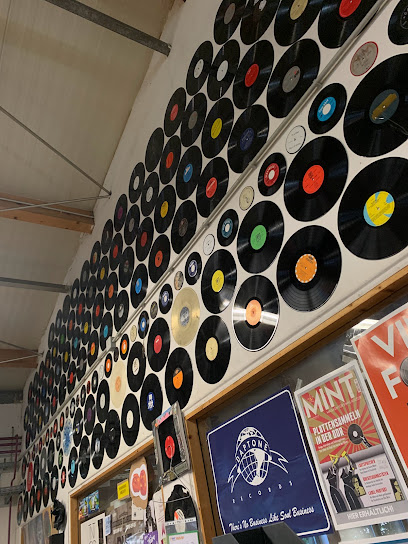
Möbel Preiss GmbH & Co. KG
19.7 km
Explore Möbel Preiss in Kastellaun for exquisite furniture and kitchen supplies that redefine your living space with style and functionality.
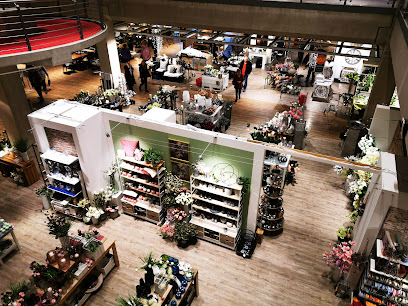
Dagmar Kötz Style On Modebekleidung
20.9 km
Explore exceptional fashion at Dagmar Kötz Style On Modebekleidung, a premier clothing store in Kastellaun offering stylish apparel for every occasion.
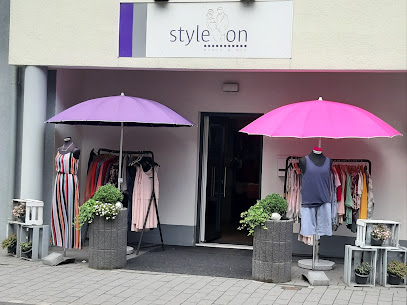
X-Sport - Outdoor & Running Expert
21.0 km
Explore the great outdoors with top-notch gear from X-Sport, Kastellaun's premier outdoor and running expert.
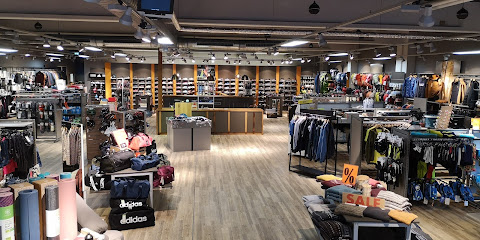
Essential bars & hidden hideouts
R(h)ein Chillen
1.5 km
Experience the charm of St. Goar at R(h)ein Chillen, a cozy bar offering local wines and craft beers with stunning views of the Rhine River.
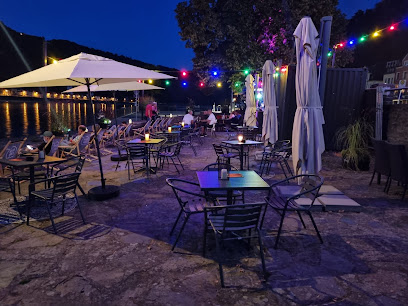
Loreleyblick Maria Ruh
3.3 km
Experience exquisite dining at Loreleyblick Maria Ruh, where stunning Rhine views meet delightful German cuisine in a charming beer garden.
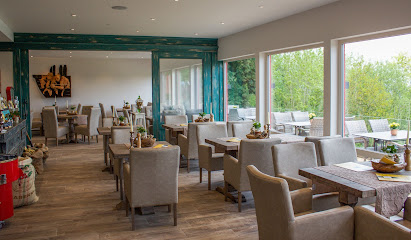
Mauerwerk
9.4 km
Discover Mauerwerk, a charming bar in Kaub, where rustic charm meets modern vibes for an unforgettable evening in the heart of the Rhine Valley.
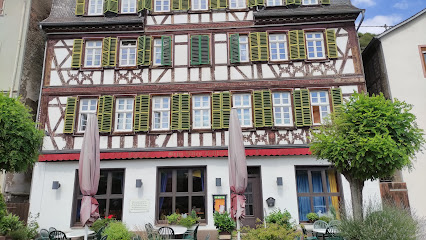
Traffic Bar
10.9 km
Experience the vibrant nightlife at Traffic Bar in Boppard, where great drinks and lively atmosphere create unforgettable memories.
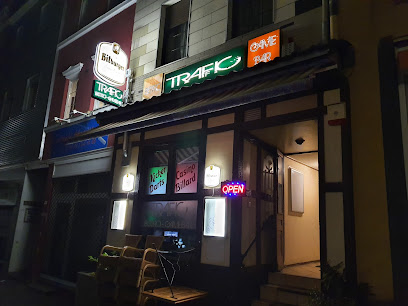
Die Falle
11.5 km
Discover Die Falle in Boppard, a charming bar offering local drinks and a cozy atmosphere along the scenic Rhine River.
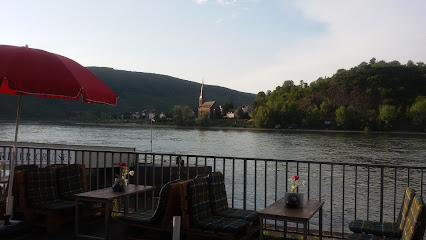
Kleines Brauhaus
12.1 km
Discover the charm of Kleines Brauhaus, a unique beer garden in Bacharach with carousel seating, local brews, and a warm atmosphere.
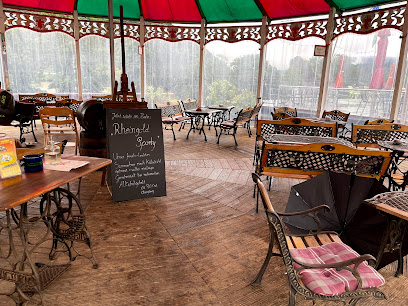
Kupferkanne
12.3 km
Discover the heart of German hospitality at Kupferkanne, a cozy bar in the enchanting town of Bacharach, serving local drinks and traditional snacks.
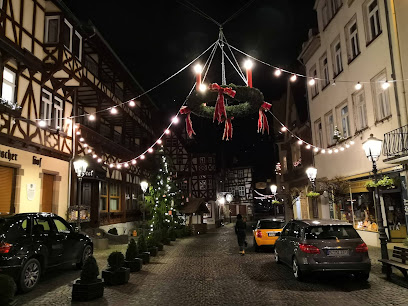
Die Kleine Kneipe
13.0 km
Discover the inviting atmosphere and local flavors at Die Kleine Kneipe in Braubach, the perfect bar for unwinding after a day of exploring.

Ü-Bar
17.1 km
Experience the vibrant nightlife of Rheinböllen at Ü-Bar, where great drinks and good company come together for a memorable evening.
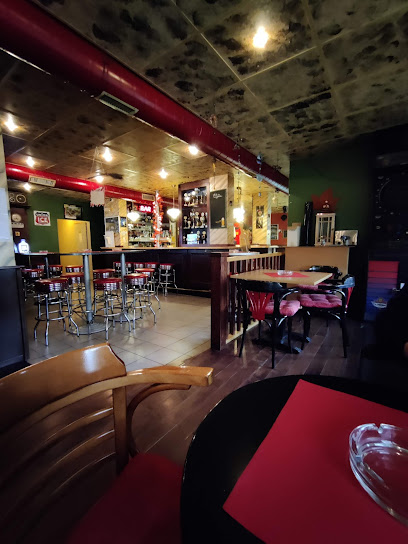
Little Bit
21.1 km
Experience the warm ambiance of Little Bit, a cozy bar in Kastellaun, perfect for enjoying local drinks and connecting with the community.
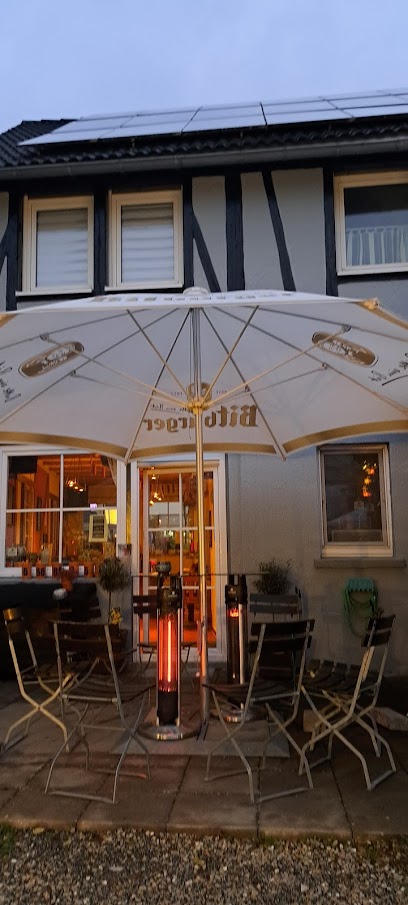
Piper's Corner Celtic Irish Pub - Koblenz
22.3 km
Experience the warmth of Ireland at Piper's Corner Celtic Irish Pub in Koblenz, where great food, drinks, and live music await.
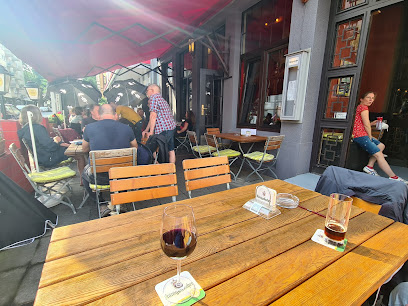
Bergs Vinothek
22.6 km
Discover the exquisite wines of Rüdesheim at Bergs Vinothek, where local flavors and a cozy atmosphere create unforgettable experiences.
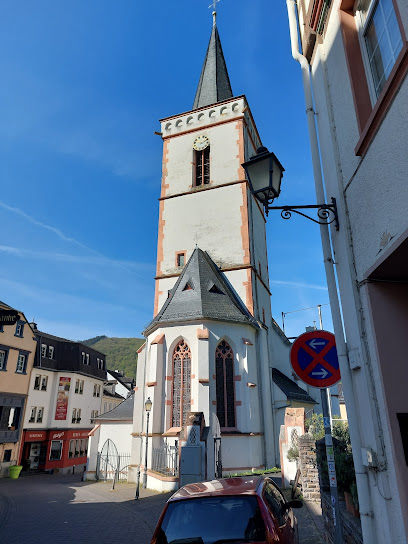
Alte Dorfschänke
22.6 km
Discover the charm of traditional German cuisine at Alte Dorfschänke, a cozy pub in Rüdesheim am Rhein, perfect for travelers seeking local flavor.
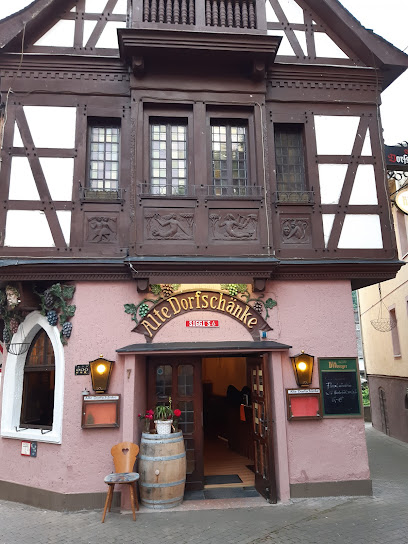
Unikat
22.7 km
Experience the vibrant local culture at Unikat, a unique bar in Simmern, where refreshing drinks and friendly atmosphere await.
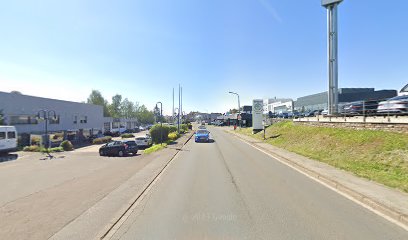
Cuvée DIEHLs Lounge
22.7 km
Experience the perfect blend of relaxation and scenic views at Cuvée DIEHLs Lounge in Koblenz, where local flavors meet stunning river landscapes.
